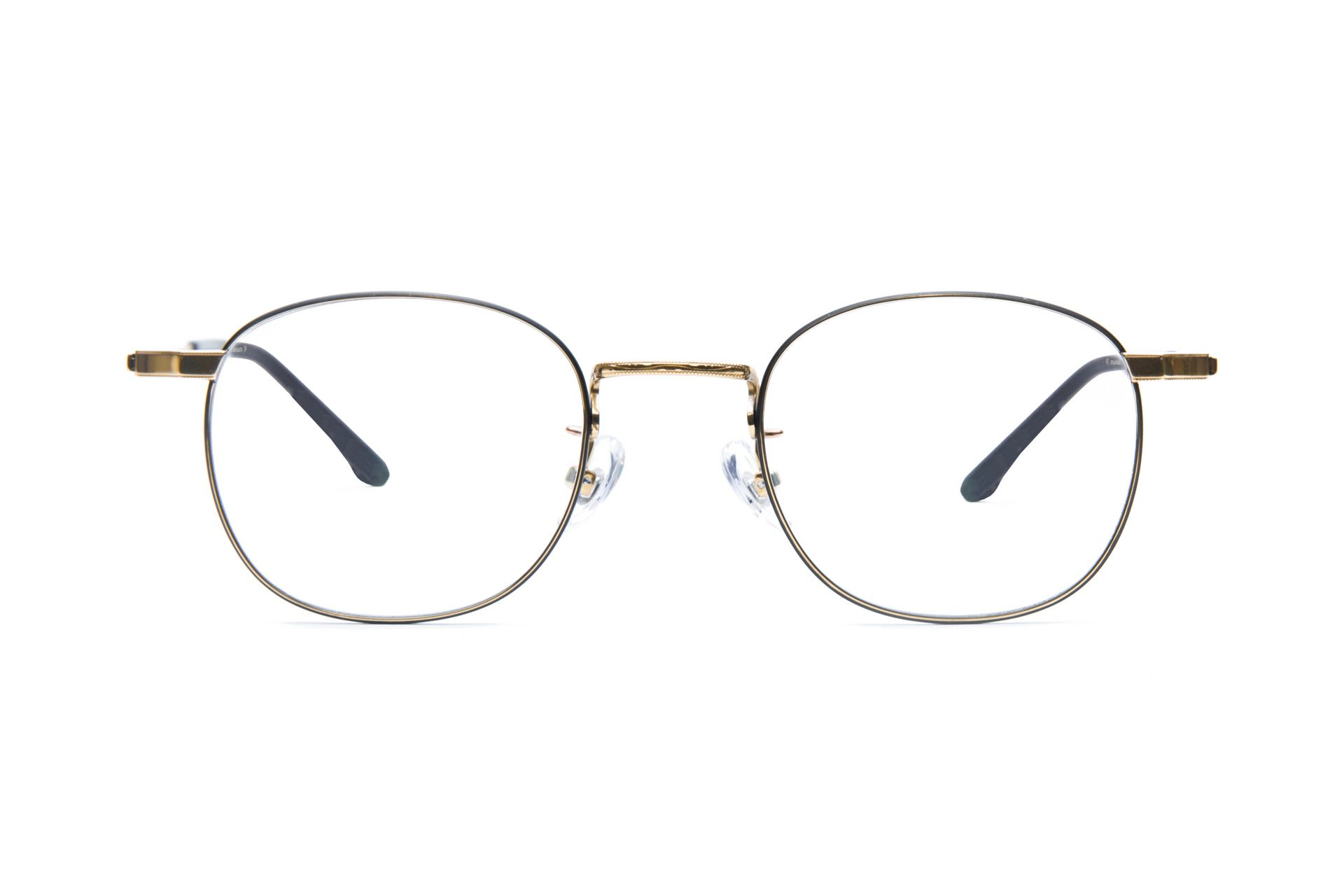Style. Iconic. Timeless
The stunning architecture of Paris is without question one of its most iconic features. Parisian architecture is associated with the city. Whenever anyone thinks of Paris, they probably would think of the Eiffel Tower, the majestic Arc de Triomphe, perhaps the magnificent Notre-Dame Cathedral.
However, the elaborate, limestone exteriors of the city’s Haussmanian architecture are nearly as iconic with Paris as the Eiffel Tower.
There is some Middle Ages architectural wonder that has survived in the city of Paris. The majority, if not all, of them, may be found on the Île de la Cité, one of the Seine River islands in the heart of Paris. Here are a few that we could observe:
The Middle Ages also saw the construction of the first Gothic-style cathedrals in Paris. The Notre-Dame, Sainte-Chapelle, and Tour Saint-Jacques are all still standing in the city and are fantastic sites to visit if you want to see this kind of architecture.
Other mediaeval relics may be seen in Le Marais and the neighbourhood around the Châtelet metro station. The old residence of Nicolas Flamel, the alleged alchemist, is one in especially that I find intriguing. His previous residence, which was established around 1407, is the oldest mansion in Paris!
Hundreds of years to the 17th century, when Renaissance architecture dominated Europe, and Paris was no exception! The city may credit Queen and Benefactor Marie de’ Medici for the surge of upgrades. The Louvre was extended, and a new style dubbed “Baroque” arrived from Italy. The style was defined by extravagance, and Parisians enjoyed the new extravagant buildings that supported it.
Royal and public squares were very popular during the period, and some of them may still be found in the city:
The 17th century also saw the introduction of the dome, which may be found in architecture around the city. Just to name a few, there are the Invalides, the chapel of La Sorbonne, and the Institut de France.
After 17 years, Haussmann was removed. He mainly was chastised for converting Paris into a massive and costly building site, disrespecting its heritage, and obliterating the mediaeval elegance of old Paris, which has never totally vanished, particularly in the Marais area. But his work had already revolutionised Paris, and his impact lasted until approximately 1910 when many of his stone structures were adorned with the type of ornate stone and wrought ironwork that is admired presently.



Paris is a city full of history, and the city’s iconic architecture reflects many of its events.
The ME Paris has a unique etching of the bar linking two frames, representing Paris’s rich, beautiful architecture. With the addition of ME Paris’s round eyewear design, this customised frame will provide a contemporary yet vintage touch to your overall outfit.
Are you looking to collaborate with RYAN ADDA to become the distributor of our Australian Designer Eyewear?
RYAN ADDA is open for business opportunities with local or international distributors worldwide for the distribution of our optical frames and high-end sunglasses. For any inquiries, contact us at (+614) 1324 3782 or send us an email, and our team will get in touch shortly.
